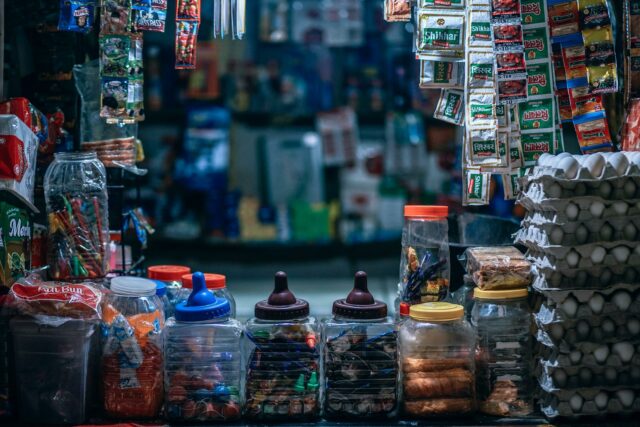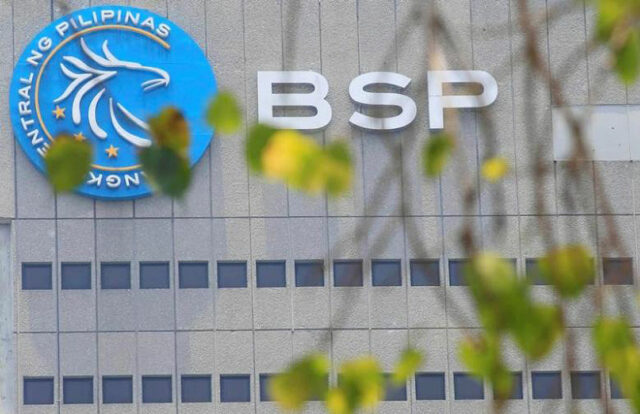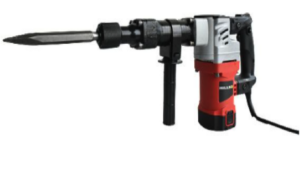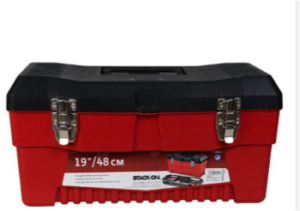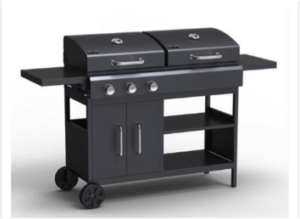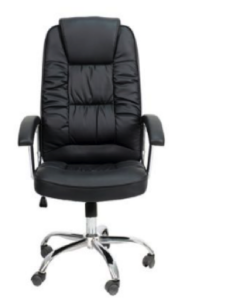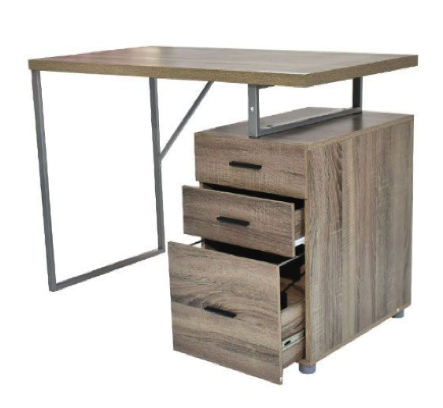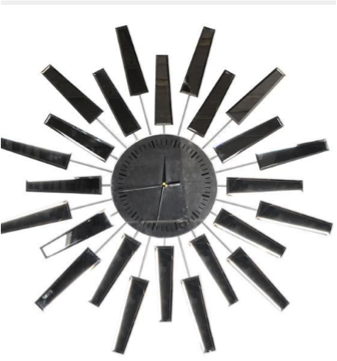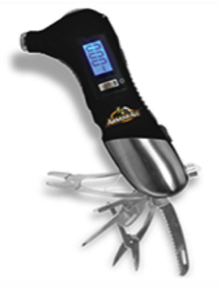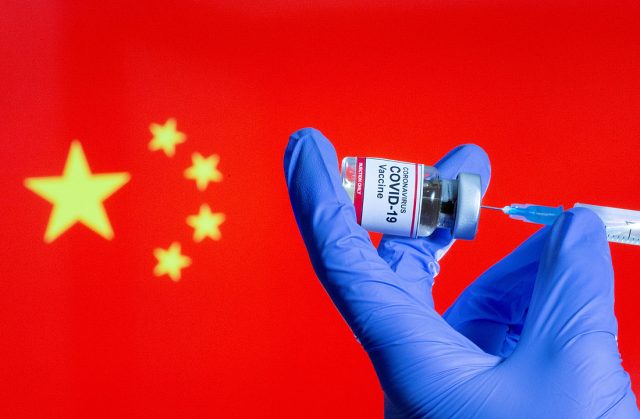It is about time for South Cotabato to reap the economic benefits from its Tampakan Project
A bout 70 kilometers north of General Santos City is the site of the Tampakan copper project of Sagittarius Mines, Inc. (SMI). It has the potential of becoming one of the largest producers of copper in the world. According to its mining resource estimate in 2012, Tampakan has 2,940 million metric tons of resources, containing 15 million tons of copper.
SMI plans to operate this mine in phases, starting at 15 million tons of copper resources to produce 76,500 tons of copper. Tampakan’s copper resource has approximately 0.51% copper. The project has the potential of extracting 66 million tons per year and producing 336,600 tons of copper yearly. Its potential output is about 6% of what Chile, the world’s largest copper producing country, produced in 2021, and 15.3% of that of the second largest in the world’s copper industry, Peru.
POTENTIAL BOOST FOR THE PHILIPPINES AND PROVINCE OF SOUTH COTABATO
Copper has a vital future in the ongoing shift to a zero-carbon footprint by both industrialized and developing countries. This is due to copper’s very high thermal and electrical conductivity, which makes it ideal to use in renewable energy technologies like solar cells and electric vehicles. The metal has been used in producing electronic products like wiring and computer connections. Heat exchange applications as in air conditioners require copper because of its ability to heat up and cool down quickly. Its antimicrobial properties make the metal ideal in helping control infection in hospitals and healthcare environments.
The global copper market remains tight according to the International Copper Study Group, and its deficit is expected to expand till 2030. As the global economy recovers from the COVID-19 pandemic, demand for copper has increased, boosting the price of copper. Its price this year is still at a record high, fluctuating around $10,000 per ton.
However, prices of copper in January for July delivery dropped by 2.7% according to Mining.com due to these factors: a stronger US dollar and renewed concerns over global demand due to partial lockdowns in China. The Ukraine-Russia conflict is expected to have subdued impact on the global copper market. While Russia is a major producer, producing 4% of the world’s copper, 80% of it is sold to China.
Growing concern on a possible US recession this year is likely to feed the price decline of copper. This has the potential of dampening the bullish outlook on a tightening copper market deficit to 2030. Before the US Fed rate hike, analysts expect the copper market deficit to reach 6 million tons by 2030 due to more use of electricity and electric vehicles.
TWELVE YEARS OF PERMITTING HURDLES
Since 2010, the Tampakan project has long been ready to start mining copper ores in the province of South Cotabato. In those years before 2015, the project was owned by a Swiss mining company, Xstrata. The company had undertaken the Mining Feasibility Study in 2010, and having determined adequate reserves was ready to invest $5.9 billion to operate the mine. But it did not get a permit from the Aquino government to start the project.
Former President Benigno Aquino raised the issue of large-scale mining companies not contributing their fair share of revenues to the National Government. Xstrata went through the permitting process but the government of the late former President Aquino threw the ball to Congress, asking it to come up with a mining tax measure that corrects the inequity in the sharing of revenues from large scale mining. President Aquino essentially dribbled the ball until Xstrata was globally bought out by Glencore in 2012.
A new hurdle developed with the South Cotabato provincial government issuing a ban on open-pit mining in the province in 2010. Extracting the ores in Tampakan requires open-pit mining, and thus the local government ban struck down Glencore’s hope to be the one to operate the Tampakan mining project.
Glencore, the new owner of the mining project in South Cotabato, inherited the regulatory problems of Xstrata. However, it was hopeful that Congress would work on the required legislation which would pave the way for securing a permit to operate from the National Government. But it was not meant to be.
In 2015, Glencore sold the project to the new owners of SMI, all of whom are Filipinos. The Tampakan project was relatively small for the top mining company in the world to spend its time overcoming the stiff regulatory barrier of the country.
Hope of SMI, under its new all-Filipino owners and management, of getting a permit sprouted at the start of the administration of President Rodrigo Duterte. The President is from Mindanao, and operating the Tampakan project could induce economic development in the areas surrounding the mining site. That should have been a good incentive for the President to revisit the revenue-sharing hurdle to large scale mining of his predecessor.
However, that was quashed when President Duterte aired his reluctance to partner with large scale mining companies, ventilating similar issues on unfair revenue sharing as former President Aquino did.
But perhaps the strongest difficulty of SMI, and all large-scale mining companies for that matter, was the appointment by President Duterte of the late Gina Lopez as the secretary of the Department of Environment and Natural Resources (DENR) Secretary Lopez was a staunch opponent to mining in general, accusing large-scale mining companies of causing irreparable damage to the environment. In the eyes of Secretary Lopez, a policy prohibiting large-scale mining is a very good measure to protect the environment.
SMI was hit with its most stringent regulatory risk problem in 2017 when the DENR under Secretary Lopez issued a ban to open-pit mining throughout the country. The national measure strengthened opponents to the Tampakan project in South Cotabato which earlier prohibited open-pit mining in the province.
CORRECTING THE REGULATORY MISTAKE
The regulatory pendulum swung in the other direction on Dec. 23, 2021 when DENR Secretary Roy Cimatu issued Department Administrative Order (DAO) 2021-40, lifting his predecessor’s order banning the open-pit mining for copper, gold, silver, and complex ores in the country. The move was taken to revitalize the country’s mining industry and increase employment opportunities in rural areas around large-scale mining. On May 16, 2022, the Sangguniang Panlalawigan of South Cotabato lifted its 12-year-old prohibition to open-pit mining in the province.
The fight appears not over yet — news came out that South Cotabato Governor Reynaldo Tamayo, Jr. vetoed the province’s ordinance lifting the ban on open-pit mining on June 3.
Opponents to open-pit mining in South Cotabato may want to read Governor Tamayo’s statement carefully. He is for protecting the environment (as we all should be) and believes that the South Cotabato provincial government’s Environment Code is a measure for protecting the wanton destruction of the environment by mining.
However, Governor Tamayo added that Republic Act 7942 or the Mining Act mandates the National Government to regulate the activities of large-scale mining, and that LGU ordinances on mining apply to small-scale mining.
Moreover, lawyer Pacifico Agabin — chairman of the Constitutional Law Department of the Supreme Court’s Philippine Judicial Academy and concurrent general counsel of the Integrated Bar of the Philippines — said that, “It should be noted that local governments cannot regulate large-scale mining. Congress already passed a national law authorizing open-pit mining and LGUs cannot pass an ordinance that contravenes the national law.”
As earlier stated, former DENR Secretary Roy Cimatu issued Department Administrative Order (DAO) 2021-40 lifting the DENR’s ban on open-pit mining on Dec. 23, 2021. Former Dean of the UP College of Law, Agabin says that the June 9, 2010 ordinance of the South Cotabato Sangguniang Panlalawigan against open-pit mining and blocking the operation of the Tampakan project violates a national law and the Constitution.
It’s about time to start the Tampakan project.
Ramon L. Clarete is a professor at the University of the Philippines School of Economics.







